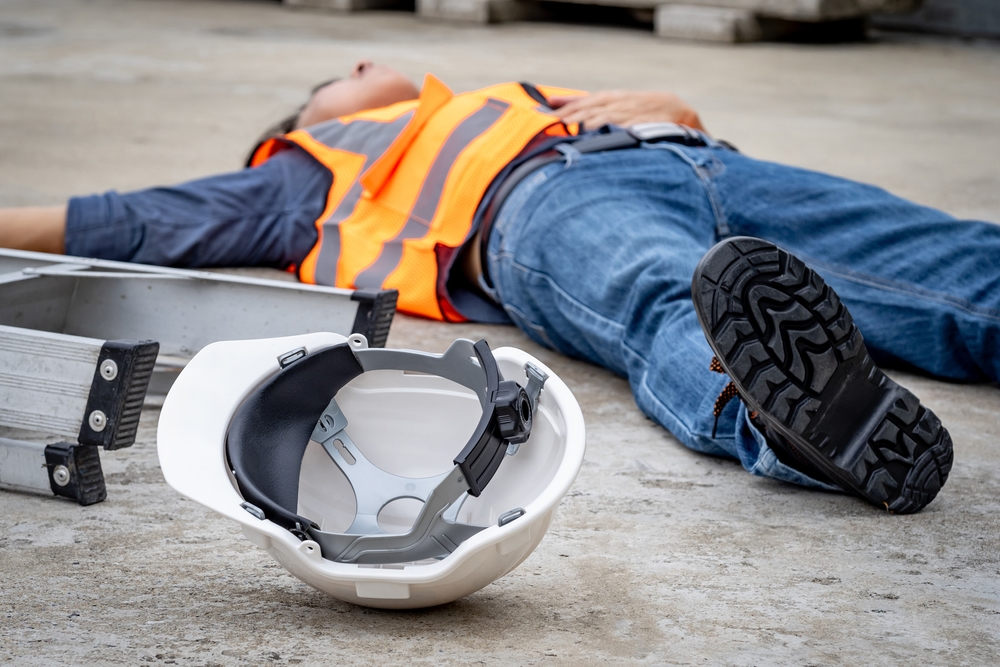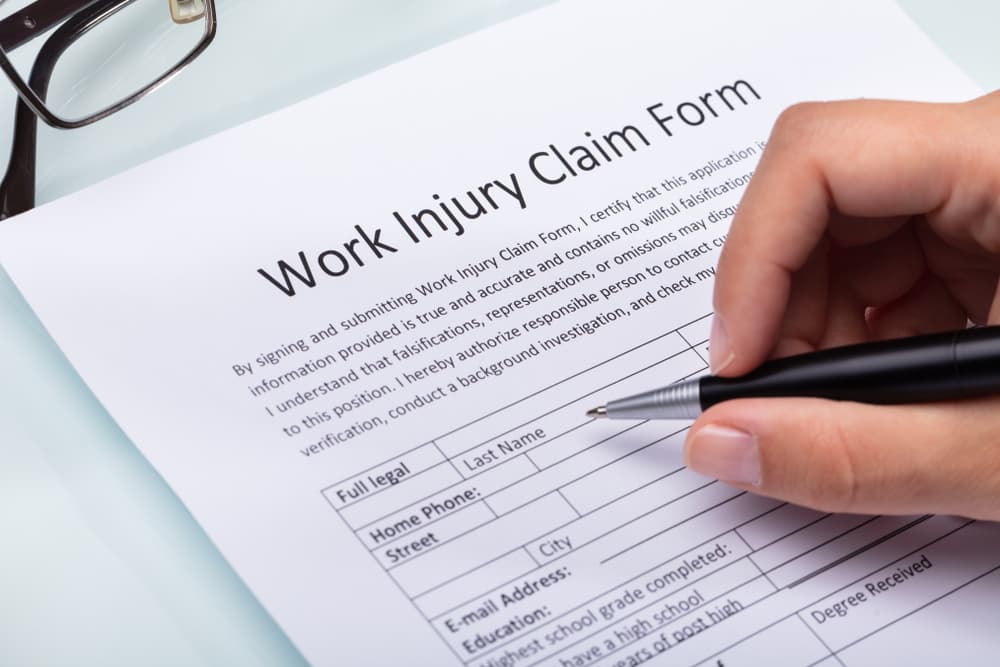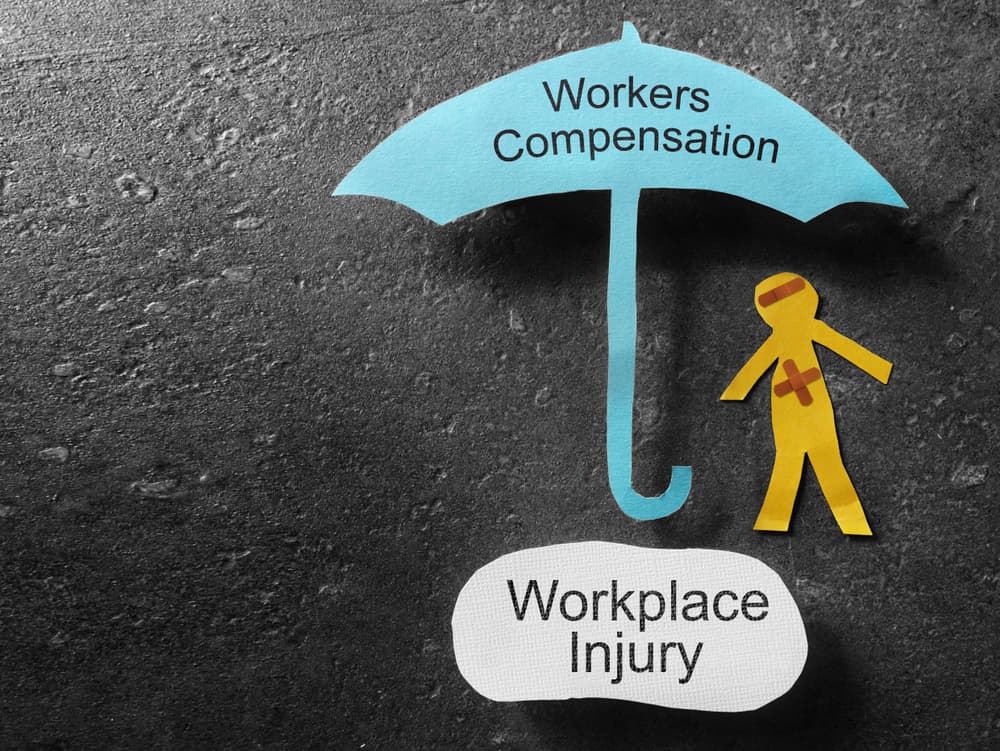
Types of Injuries Covered by Workers’ Compensation
Workers' compensation covers injuries that occur within one's employment. No worker is entirely immune to the risk of a work-related injury. Private employers reported 2.8 million nonfatal workplace injuries and illnesses, according to the Bureau of Labor Statistics (BLS). There were 5,250 workplace fatalities that year as well.
The Toll Workplace Injuries Take
Those who suffer from such injuries can endure severe pain, as well as disfigurement and disability. Injured workers can also suffer psychological and emotional consequences, including anxiety, stress and post-traumatic stress disorder (PTSD).
Monetary Loss Associated With Workers' Compensation Injuries
Many workplace accidents and illnesses require time away from the job due to hospitalization, medical appointments and rehabilitation. The total financial cost can be astronomical. In addition, some individuals can never return to work, and for many families, this is devastating. Emergency medical care, ongoing health care costs, lost income and other expenses can be covered by workers' compensation benefits. That is where a workers' compensation injury lawyer can help.
Exposure to Harmful Substances Covered by Workers' Compensation
Exposure to harmful substances and environments is the leading cause of worker injury. These include:
- Electricity exposure
- Temperature extreme exposure
- Noise and radiation exposure
- Air and water pressure change exposure
- Oxygen deficiency exposure
- Infectious disease, including Covid-19 exposure
- Traumatic and stressful event exposure
Slip, Trip and Fall Workers' Compensation Injuries
- Tripping, slipping, falling into something on the same level causes injuries.
- An Injury occurs when a worker catches themself from falling after slipping or tripping but does not fall.
- Dropping from a higher level, including falling from a collapsing structure, falling through surfaces, or from ladders, roofs and scaffolding are all examples of workers’ comp injuries.
- A jump to a lower level is distinct from a fall because it is controlled and voluntary.
Hitting Equipment and Objects in Workers' Compensation
Examples of hitting equipment and objects are listed below:
- An object striking a worker
- An employee who hits, bumps, kicks, steps or is thrown into an object or equipment
- Pinched, squeezed, crushed or compressed body parts
- Vibration injures a worker
- When a worker is struck or crushed in a collapsing structure
Overexertion and Repetitive Injuries Covered by Workers' Compensation
- Excessive effort when lifting, turning, pushing, carrying or holding
- Repetitive motion that targets a part of the body
Some Injuries Are Not Covered
Denied injuries include self-inflicted or intentional wounds or an injury suffered during illegal activity. Also, if a worker is drunk and this caused the injury, it is unrecoverable. In addition, an employee who is not working when the injury occurred will not be covered.
Types of Injuries a Worker Suffers
Some of the most common injuries in the workplace are:
- Lacerations
- Fractures
- Burns
- Carpal tunnel
- Muscle strains and sprains
- Tendonitis
- Back problems
- Electrocutions
- Crush injury
- Amputation
How an Attorney Can Help With Workers' Compensation
In order to receive workers' compensation, you must prove that you qualify. The most important issue is that the injury happened while you were working. This includes being in the office, at a work location or driving a company car or traveling for work-related matters.
Morris Law Accident Injury Lawyers
At Morris Law Accident Injury Lawyers, our attorneys are experienced in workers' compensation issues and work hard to ensure that you get the benefits you deserve. Call us at (843) 232-0944, or reach out to us online to schedule a free case review.







